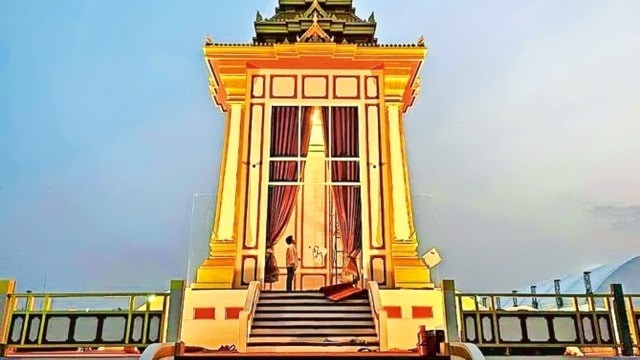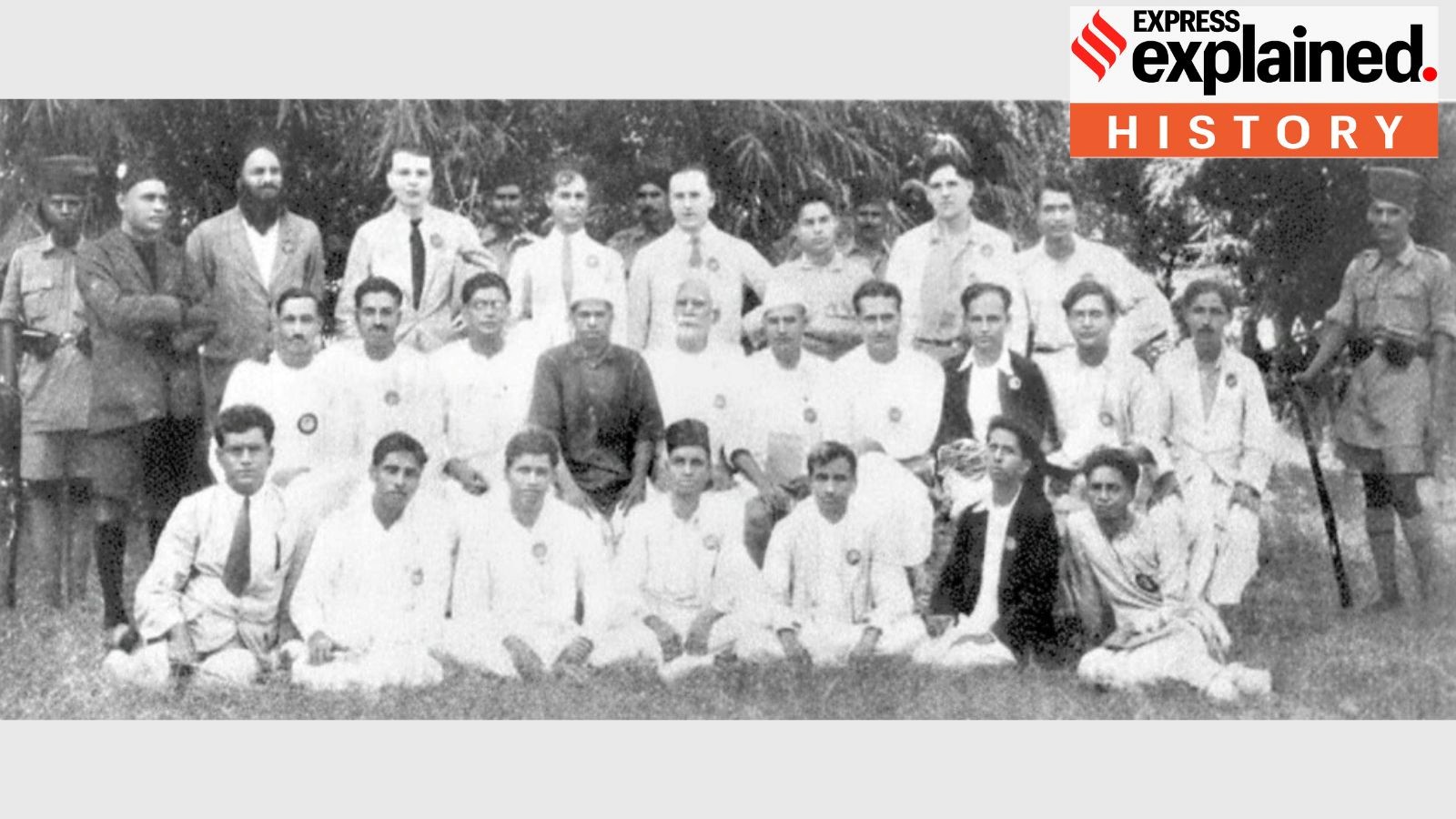Description

Disclaimer: Copyright infringement not intended.
Context
- The National Museum in Delhi houses 20 relics of Lord Buddha, which are considered delicate antiquities and art treasures.
- These relics fall under the ‘AA’ (rare) category, making them highly significant cultural artifacts.
- Four of these rare relics are being transported to Thailand for a month-long exposition.
Details
- The decision to lend these relics for the exhibition in Thailand was made in response to a special request from the Thai Government.
Significance of the Relics
- The relics of Lord Buddha hold immense religious and cultural significance for Buddhists worldwide.
- They are revered as sacred objects and are often enshrined in pagodas and stupas for veneration.

Pagoda Construction in Bangkok
- The Thai government has constructed a pagoda in Bangkok specifically to enshrine these relics during their exhibition.
- This pagoda serves as a temporary home for the relics during their stay in Thailand, providing a sacred space for visitors to pay their respects.
Origin of the Relics
- The Kapilvastu Relics were excavated from Piprahwa, located in the Siddharthnagar District of Uttar Pradesh, which was once part of the ancient city of Kapilavastu.
- In 1898, William Claxton Peppé, a British colonial engineer and estate manager, discovered an inscribed casket at the stupa site in Piprahwa.
- The inscription on the casket's lid indicated that it contained relics of Buddha and his community, the Sakya.
- Buddha attained salvation at the age of 80 in the Kushinagar district of Uttar Pradesh.
- The Mallas of Kushinagar conducted elaborate cremation ceremonies for Buddha.
- After the cremation, his relics were collected and divided into eight shares to be distributed among various communities, including the Sakyas of Kapilavastu.
- Stupas were erected over these relics, including one over the urn containing the relics and another over the embers from the funeral pyre. These stupas, known as Saririkastupas, are among the earliest surviving Buddhist shrines.
About Kapilvastu
- Kapilvastu, also known as Taulihawa, is a municipality and administrative center located in Kapilvastu District, Lumbini Province, southern Nepal.
Geographical Details:
- Location: Kapilvastu Municipality lies approximately 25 kilometers southwest of Lumbini, the UNESCO World Heritage Site and birthplace of Gautama Buddha.
- Establishment: The municipality of Kapilvastu was established in 1982 under the name Taulihawa Nagarpanchayat, consolidating several smaller administrative units.

Historical Background:
- Ancient Capital: Kapilvastu served as the capital city of the Shakya kingdom, ruled by King Śuddhodana and Queen Māyā.
- Early Life of Buddha: Prince Siddhartha Gautama, later known as the Buddha, spent his formative years in Kapilvastu before renouncing his princely life in pursuit of enlightenment.
- Historical Debate: While many historians identify Tilaurakot within Kapilvastu municipality as the ancient city of Kapilavastu, others argue in favor of Piprahwa, India, as the historical site.
Key Sites in Kapilvastu:
- Tilaurakot: Believed to be the ancient capital of Kapilavastu, Tilaurakot features archaeological remains, including a palace complex and city walls.
- Gotihawa: Birthplace of Kakusandha Buddha, marked by an Ashoka pillar, holds religious significance.
- Nigali Sagar: An archaeological site in Nigalihawa, believed to be the birthplace of Koṇāgamana Buddha, also marked by an Ashoka pillar.
- Lumbini: While technically separate, Lumbini is closely associated with Kapilvastu due to its proximity and significance as the birthplace of Buddha.
- Kudan: This site is traditionally believed to be where Buddha met his father after attaining enlightenment. It holds religious significance for Buddhists.
|
PRACTICE QUESTION
Q. Kapilvastu stands as a testament to the rich history and cultural heritage of the Shakya kingdom and the early life of Siddhartha Gautama. Discuss. (250 words)
|









